The syngonium, also known as the arrowhead plant, is an extremely popular houseplant known for its attractive variegated leaves and easy care requirements. With proper care, a syngonium can live for many years and grow quite large, making it a staple potted plant for many indoor gardeners.
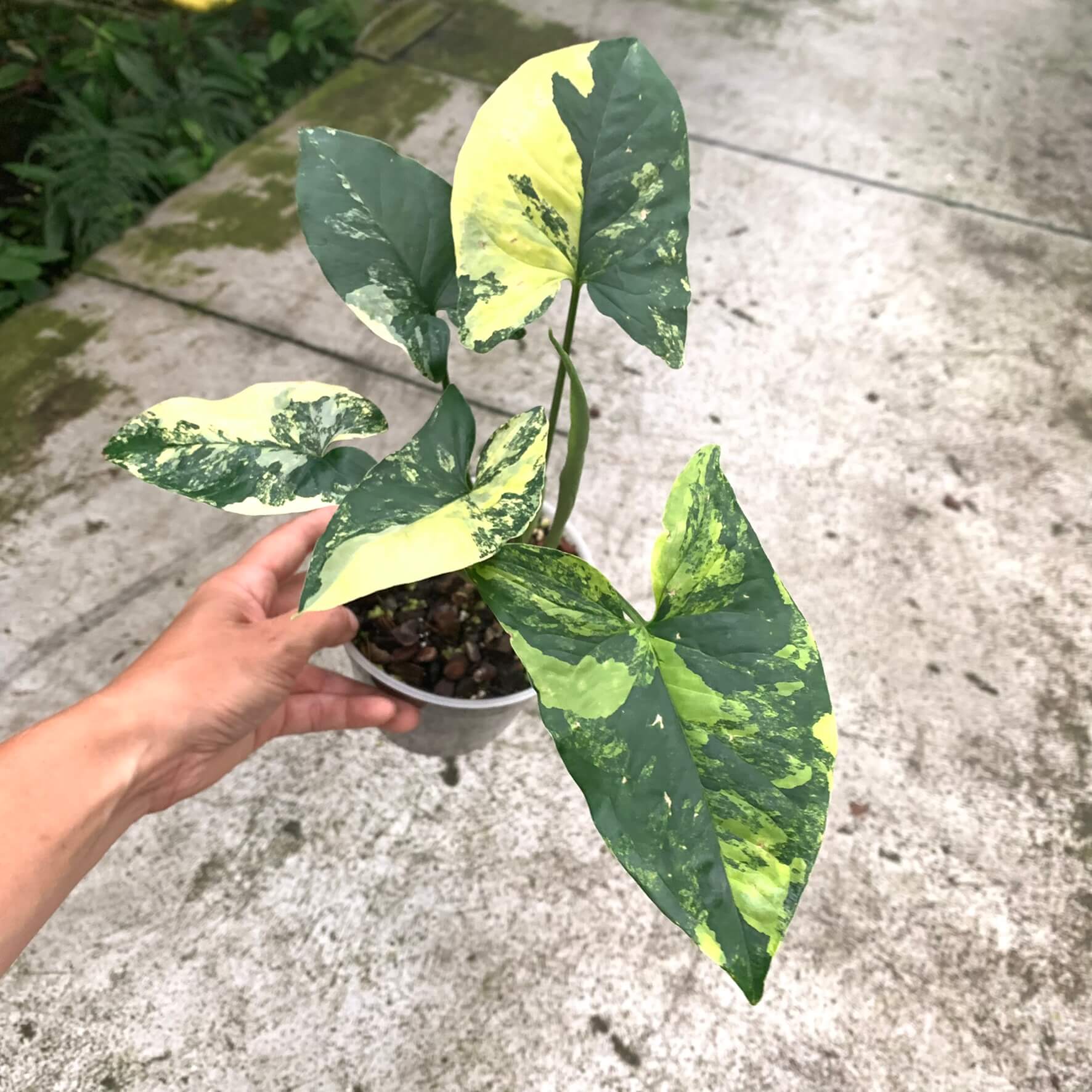
Light Requirements
The syngonium does well in low to medium indirect light conditions, making it perfectly suited for growing indoors.
Indirect Light
Syngoniums prefer bright indirect light from a south or west facing window. Avoid direct hot sunlight which can scorch their leaves. Dappled light that has been filtered through a sheer curtain is ideal.
Low Light Tolerance
While syngoniums grow faster and produce more vibrant foliage colors with brighter light, they can tolerate lower light areas as well. Their ability to endure low light makes them extremely versatile houseplants.
Proper Watering
Establishing the right watering routine is key to keeping a syngonium healthy and helping it live to its full lifespan potential.
Water When Top Inch is Dry
Syngoniums should be watered whenever the top inch of soil becomes dry to the touch. Take care not to overwater them as wet feet can lead to root rot.
Drooping Leaves Signal Underwatering
If you notice leaves starting to droop or curl slightly, it likely means the plant needs more frequent watering. This visual cue makes monitoring water needs quite simple.
Well-Draining Soil Critical
Be sure to use a well-aerated and fast draining potting mix, never heavy soil. This allows excess moisture to drain freely from the roots after watering.

Feeding and Fertilizer
While syngoniums grow well with basic care, providing a balanced fertilizer supports lush growth and long term health.
Balanced Liquid Fertilizer
Apply a diluted balanced houseplant fertilizer monthly during spring and summer to nurture active growth. Any all-purpose liquid fertilizer is sufficient.
No Need to Fertilize in Winter
discontinu e fertilizing over the winter when plant growth naturally slows. Resume monthly feeding when new leaves emerge in spring.
Occasional Flush Prevent Salt Buildup
On occasion, do an extra watering without fertilizer to flush excess salts from the soil and prevent fertilizer buildup.
Pruning for Optimal Growth
Judicious pruning is vital for keeping syngoniums full, compact and shapely as well as extending their lifespan.
Prune Overgrown Stems
Monitor upward growth and prune back any leggy stems trying to escape beyond the trellis or pot. This encourages fuller, bushier growth.
Remove Yellowing Leaves
While syngoniums hold most leaves for long periods, prune any that naturally yellow or brown to keep plants looking their best.
Can Propagate from Cuttings
Take tip cuttings from trimmed offshoots and root them in water to easily propagate more syngoniums. The ability to create new plants helps maintain a full, thriving specimen.
“Explore the Exceptional 2023 Syngonium Collection: A Curated Selection of the Rarest and Most Unique Varieties Available.”
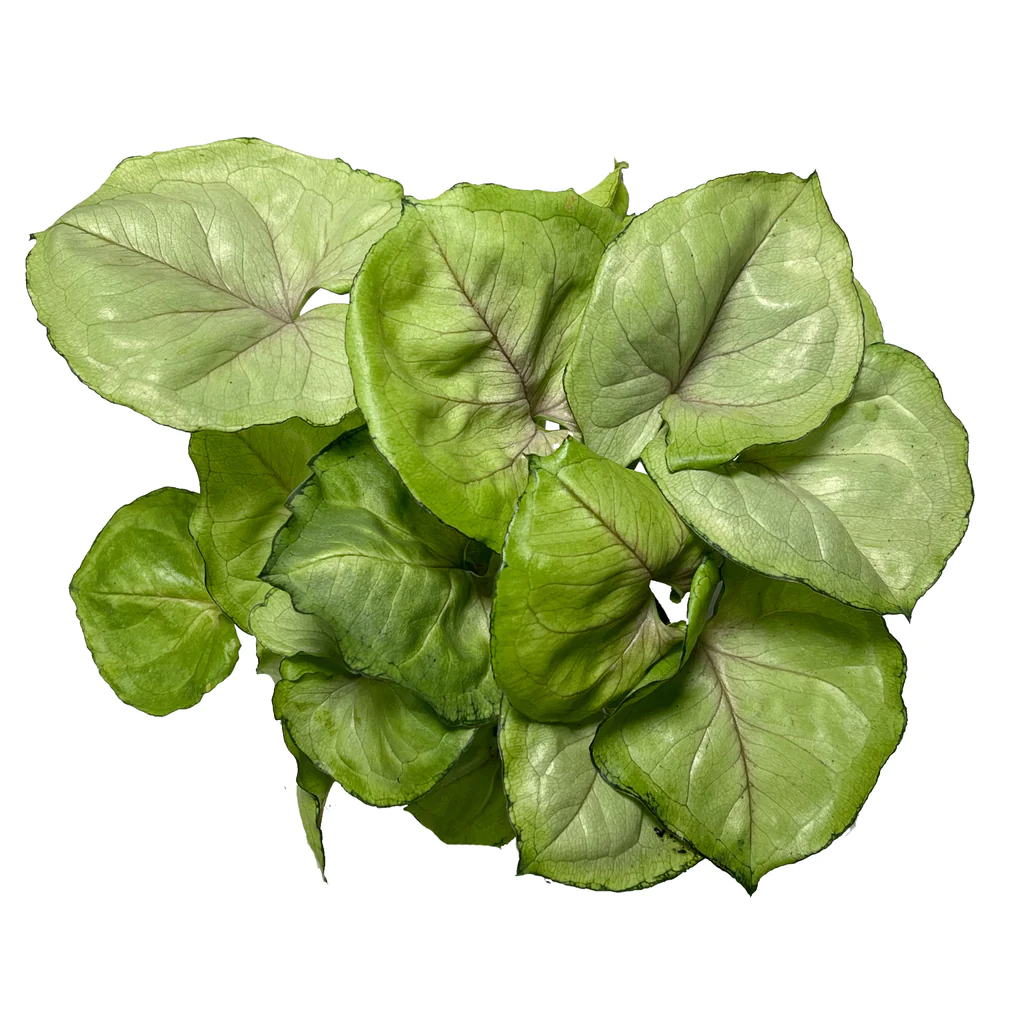
Repotting Matures Growth
While young syngoniums can remain in the same pot for a while, mature plants benefit from periodic division and repotting.
Repot Annually When Mature
Mature syngoniums should be repotted into fresh soil about once per year in the spring. This fuels vigorous new growth.
Divide Rootbound Plants
If plants become extremely rootbound, carefully divide them, keeping several stems in each section, and repot into smaller containers.
Use Well-Draining Soil Mix
Always choose a lightweight, well-draining potting mix when repotting. Avoid standard garden soil which will retain too much moisture.
Ideal Growing Conditions
Providing syngoniums with proper growing conditions allows them to easily reach maturity and live out a long, decorative life as an indoor plant.
Warm Temperatures
Syngoniums thrive with average household temperatures between 60 – 80°F and can tolerate a wider range down to 50°F or up to 90°F.
Moderate to High Humidity
These tropical plants appreciate 40 – 60% humidity. Set pots on pebble trays or use a humidifier during dry winter months when heating systems are in use.
Air Circulation Discourages Pests
Some air flow is beneficial to help leaves dry out fully between waterings. This also prevents issues with fungus gnats and other moisture-loving pests.
Maximum Size and Age
With excellent care, a syngonium can reach impressive proportions and live upwards of 20 – 30 years or more as an indoor plant.
Attain Lengths Over 6 Feet
Given proper support, climbing varieties can attain lengths of 6 feet or more as they mature over time by developing elongated aerial roots.
Individual Leaves Grow Very Large
Large mature arrowhead leaves can reach 12 inches long by 5 inches wide for dramatic tropical effect.
Lifespan Over 30 Years Not Uncommon
There are reports of indoor syngoniums still growing beautifully while over 30 years old. Their longevity is quite remarkable.
Where to buy Syngoniums? Benefits from importing plants from Thailand
- Shipping: Door to door shipping, fast and safe with Dragon Courier
- Biodiversity: Thailand is known for its rich biodiversity, including a wide variety of aroid species. This diversity allows importers to access a broad range of unique and exotic aroid plants.
- Quality and Health of Plants: The suitable climate helps the plants grown here stay healthy and of high quality.
- Cost-Effectiveness: Due to favorable growing conditions and efficient production methods, Thai aroid plants can often be more cost-effective compared to those from other countries.
- Access to Hybrid Varieties: Thai growers are often involved in the development of new hybrid aroid varieties, offering unique plants that may not be available from other sources.
Syngoniums species are the most sought after by aroid plant lovers
Conclusion
The syngonium is clearly built for indoor longevity. By providing adequate bright light, proper watering, nutrition, pruning and repotting along with ideal temperatures and humidity, a syngonium can thrive for decades as an outstanding houseplant specimen. Their expansive growth over long periods coupled with ease of care makes syngoniums a highly rewarding and impressive long term indoor plant.
See more 5 key benefits of growing syngonium

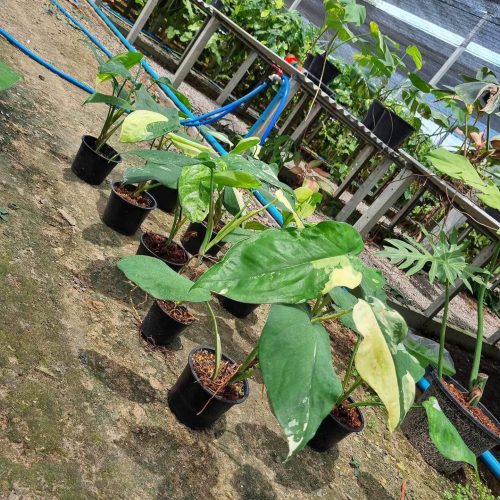
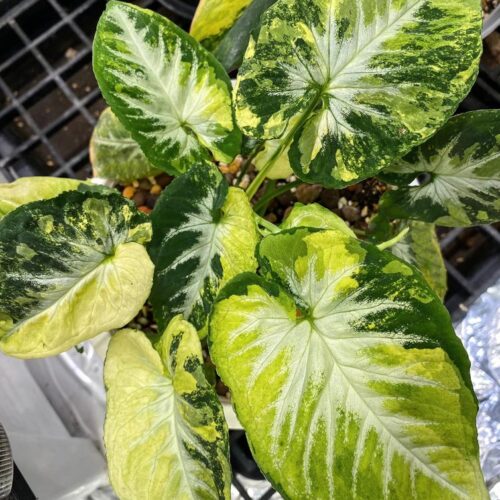
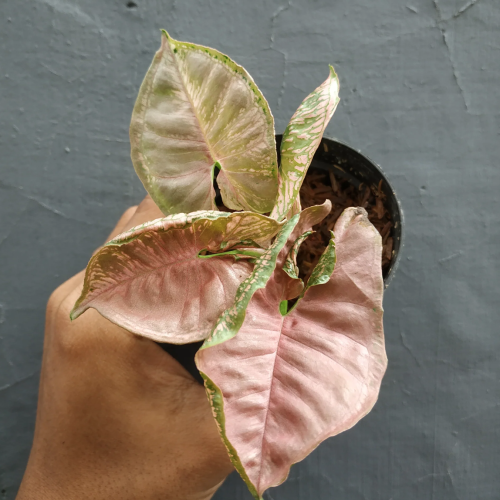
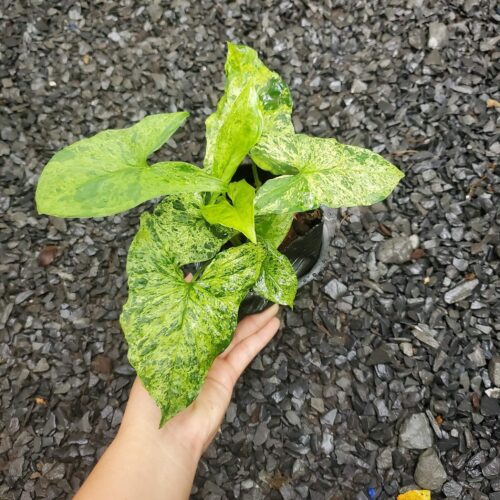
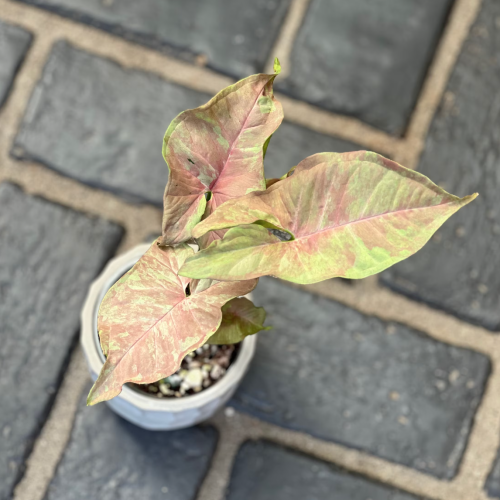

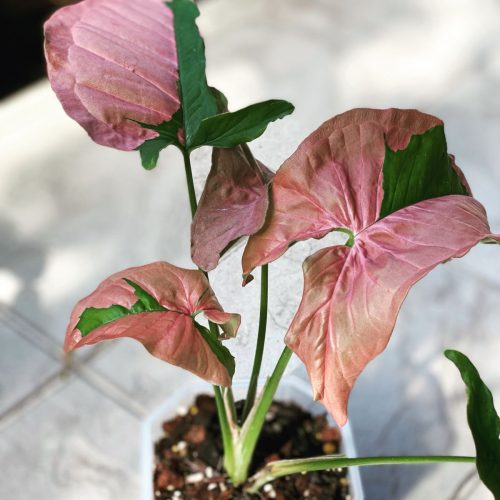


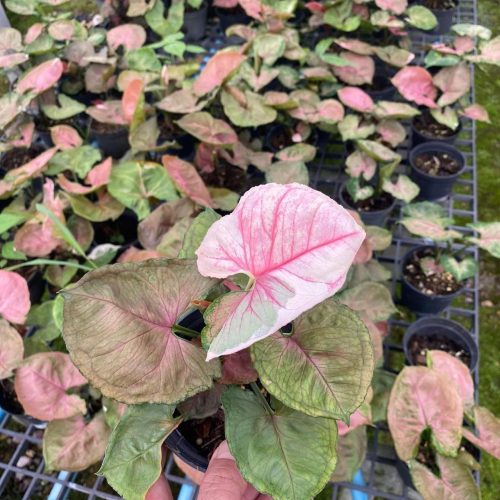
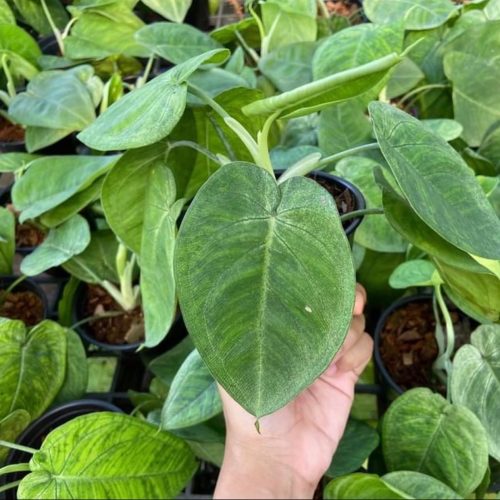
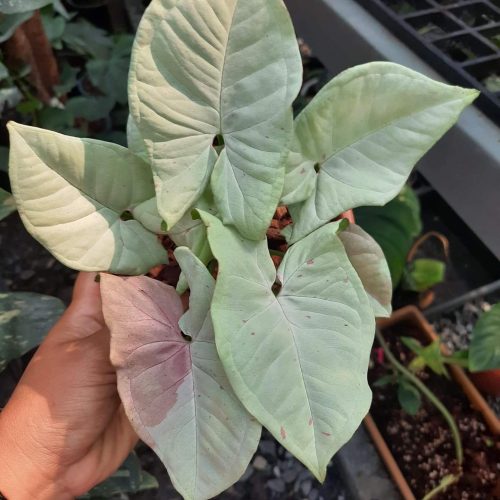

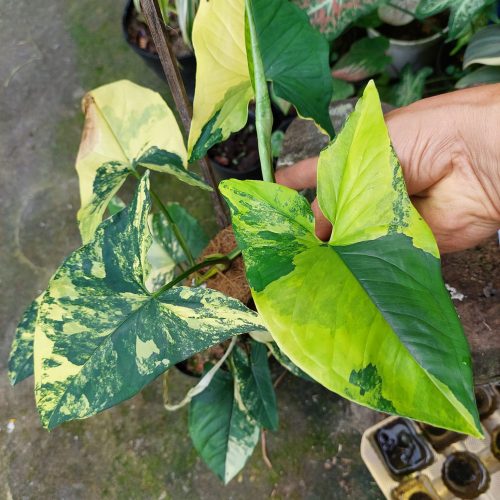
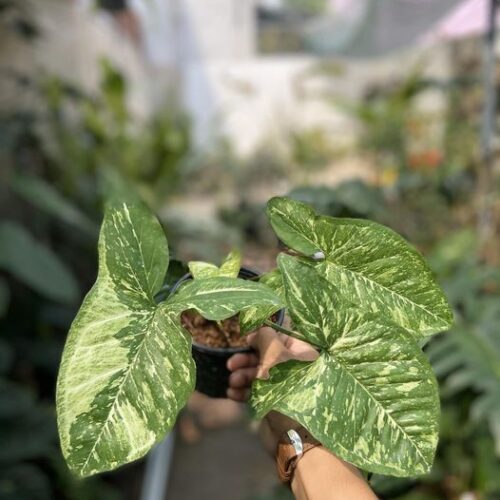
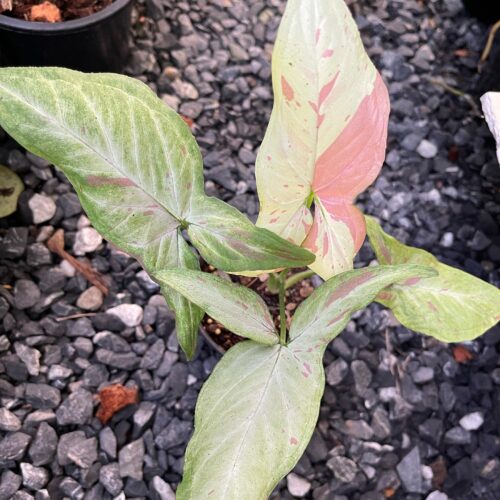
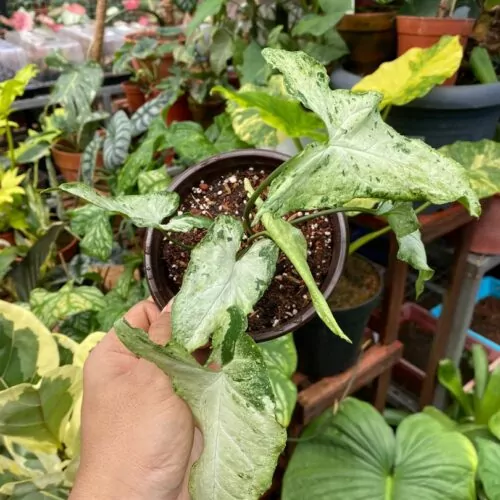

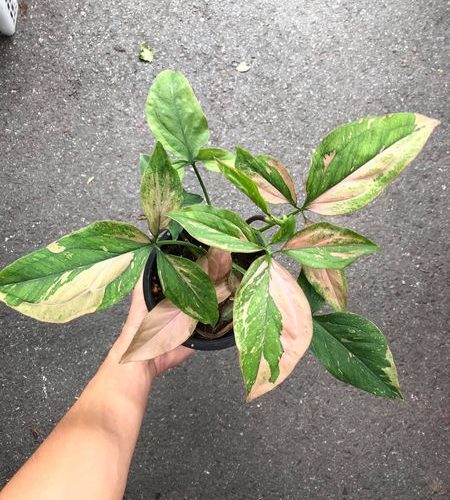

1 thought on “Tips for Growing Syngoniums”